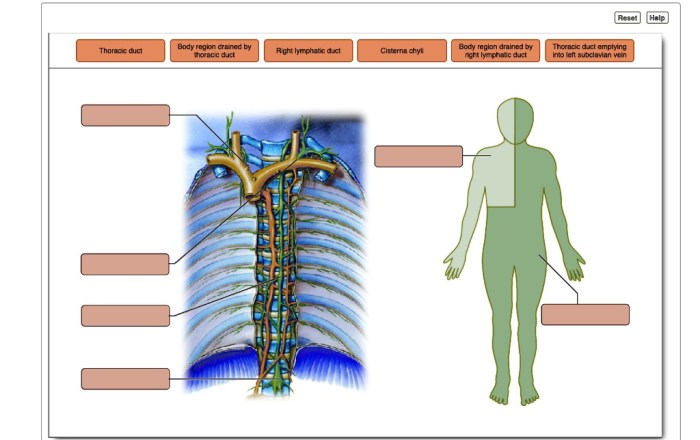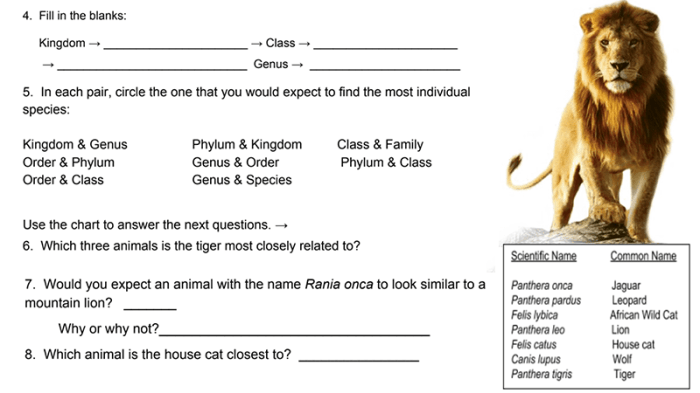Embark on an educational journey with the art-labeling activity: the coiled ducts of the cochlea, a captivating exploration into the intricacies of sound perception and hearing. This interactive activity provides an immersive and engaging approach to understanding the structure and function of these vital anatomical components.
Through hands-on art-labeling, students will gain a deeper appreciation for the complex anatomy of the cochlea, unraveling the mysteries of how we perceive and process sound. This activity fosters critical thinking, visual learning, and a comprehensive understanding of the auditory system.
Introduction to the Coiled Ducts of the Cochlea: Art-labeling Activity: The Coiled Ducts Of The Cochlea

The cochlea is a spiral-shaped structure in the inner ear responsible for converting sound waves into electrical signals that the brain interprets as sound. Within the cochlea, there are three fluid-filled coiled ducts: the scala vestibuli, scala tympani, and scala media.
The scala vestibuli is located at the top of the cochlea and is connected to the oval window, which receives vibrations from the stapes bone in the middle ear. The scala tympani is located at the bottom of the cochlea and is connected to the round window, which allows excess fluid to escape.
The scala media is located between the scala vestibuli and scala tympani and is filled with endolymph, a fluid with a high concentration of potassium ions. The basilar membrane, which supports the sensory hair cells of the organ of Corti, separates the scala media from the scala tympani.
Art-Labeling Activity: Structure and Function
The art-labeling activity is a hands-on exercise that helps students understand the structure and function of the coiled ducts of the cochlea.
Students are provided with a diagram of the cochlea and a list of labels. They must then match the labels to the correct structures on the diagram.
This activity helps students to visualize the three-dimensional structure of the cochlea and to understand how the coiled ducts are involved in sound perception.
Materials and Methods, Art-labeling activity: the coiled ducts of the cochlea
Materials:
- Diagram of the cochlea
- List of labels
Procedure:
- Distribute the diagram of the cochlea and the list of labels to students.
- Instruct students to match the labels to the correct structures on the diagram.
- Allow students to work independently or in small groups.
- When students have finished, review the answers as a class.
HTML Table for Labels and Structures:
| Label | Structure |
|---|---|
| Scala vestibuli | Uppermost fluid-filled duct |
| Scala tympani | Lowermost fluid-filled duct |
| Scala media | Middle fluid-filled duct |
| Basilar membrane | Separates scala media from scala tympani |
Assessment and Evaluation
Student understanding can be assessed through the art-labeling activity by observing their ability to correctly match the labels to the structures on the diagram.
Other assessment methods include:
- Quizzes
- Presentations
- Written assignments
Educational Implications
The art-labeling activity is a valuable educational tool because it helps students to:
- Visualize the three-dimensional structure of the cochlea
- Understand the role of the coiled ducts in sound perception
- Develop their critical thinking and problem-solving skills
This activity is appropriate for students in middle school or high school.
Additional Resources
- Khan Academy: Structure of the Cochlea
- InnerBody: The Cochlea
- ScienceDirect: The Art of Labeling: An Active Learning Strategy for Anatomy and Physiology
FAQ Overview
What is the purpose of the coiled ducts in the cochlea?
The coiled ducts, primarily the scala vestibuli and scala tympani, play a crucial role in sound perception. They are fluid-filled chambers that facilitate the transmission of sound vibrations to the sensory hair cells, enabling us to hear.
How does the art-labeling activity enhance student understanding?
The art-labeling activity provides a hands-on and visual approach to learning. By actively labeling the different structures of the cochlea, students can better visualize and comprehend their anatomy and function, fostering a deeper understanding.
What materials are required for the art-labeling activity?
The materials required typically include a diagram or model of the cochlea, art supplies such as colored pencils or markers, and labels or sticky notes for annotating the structures.



